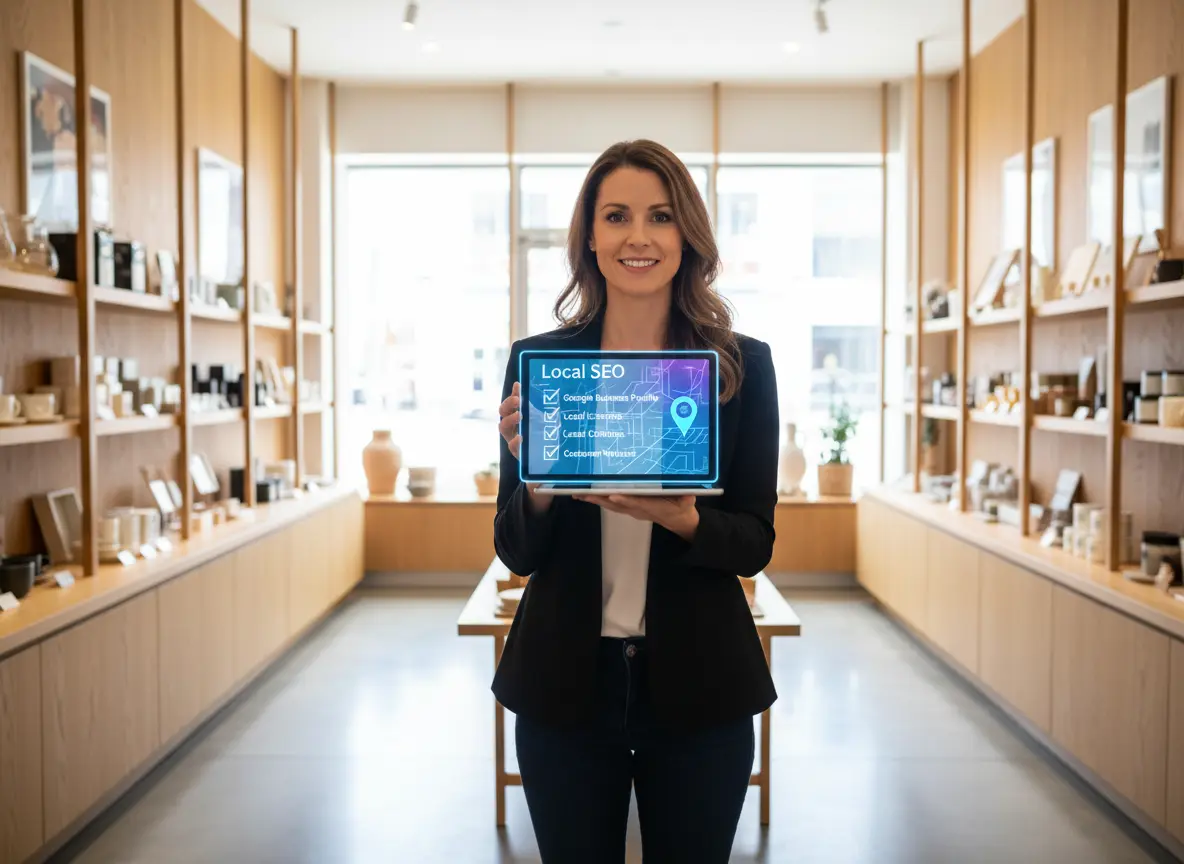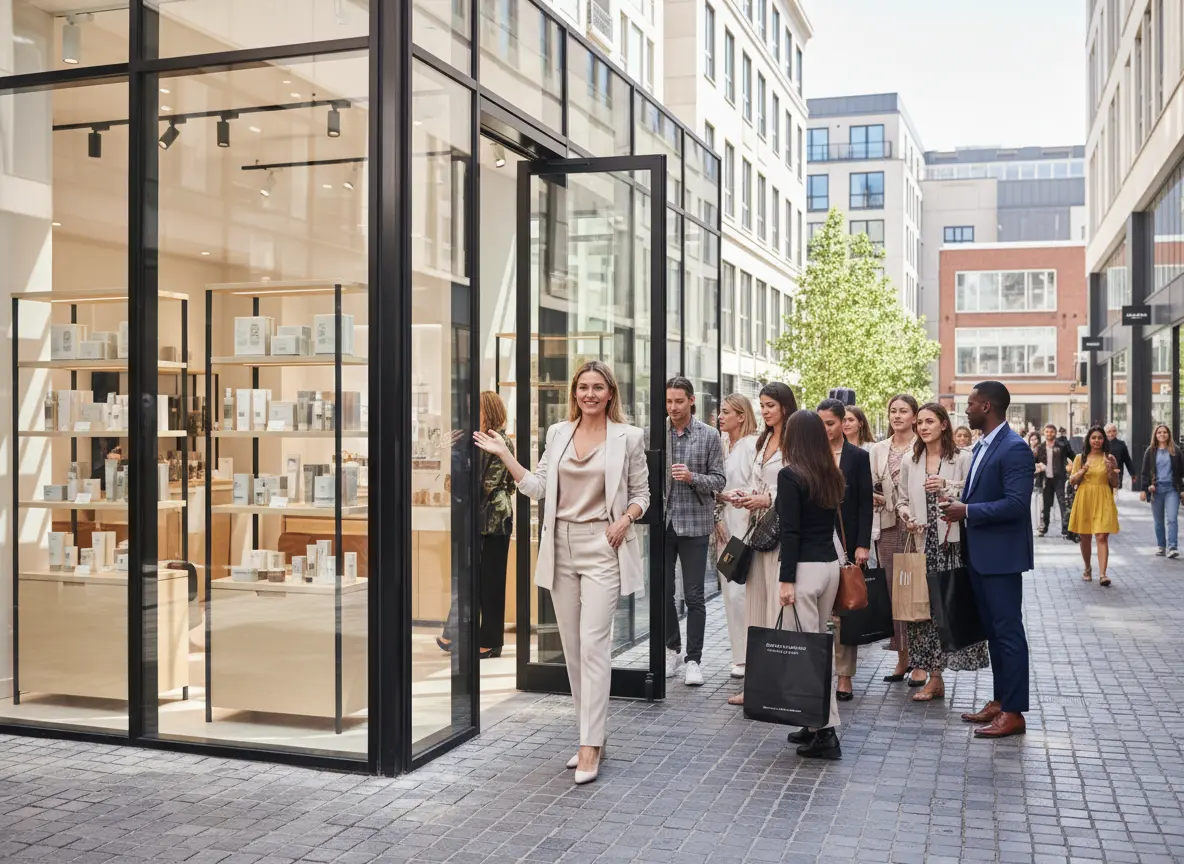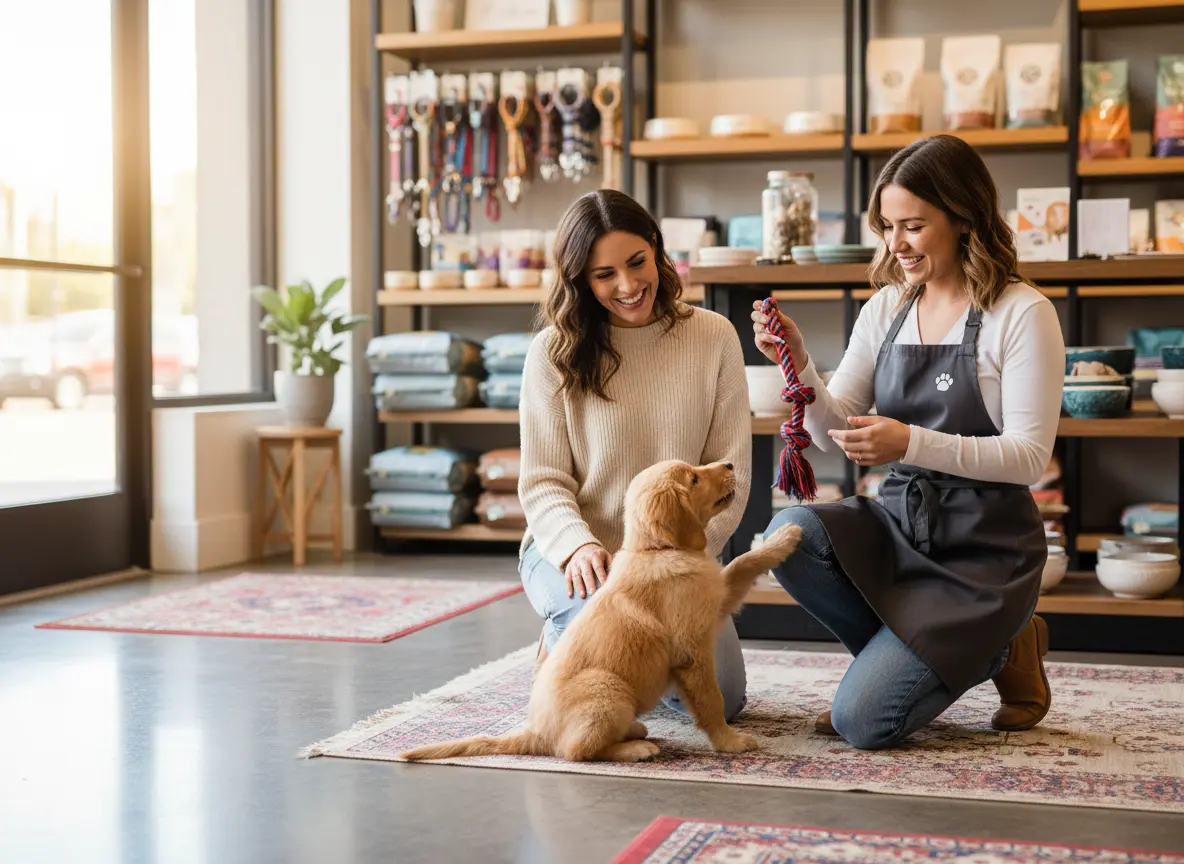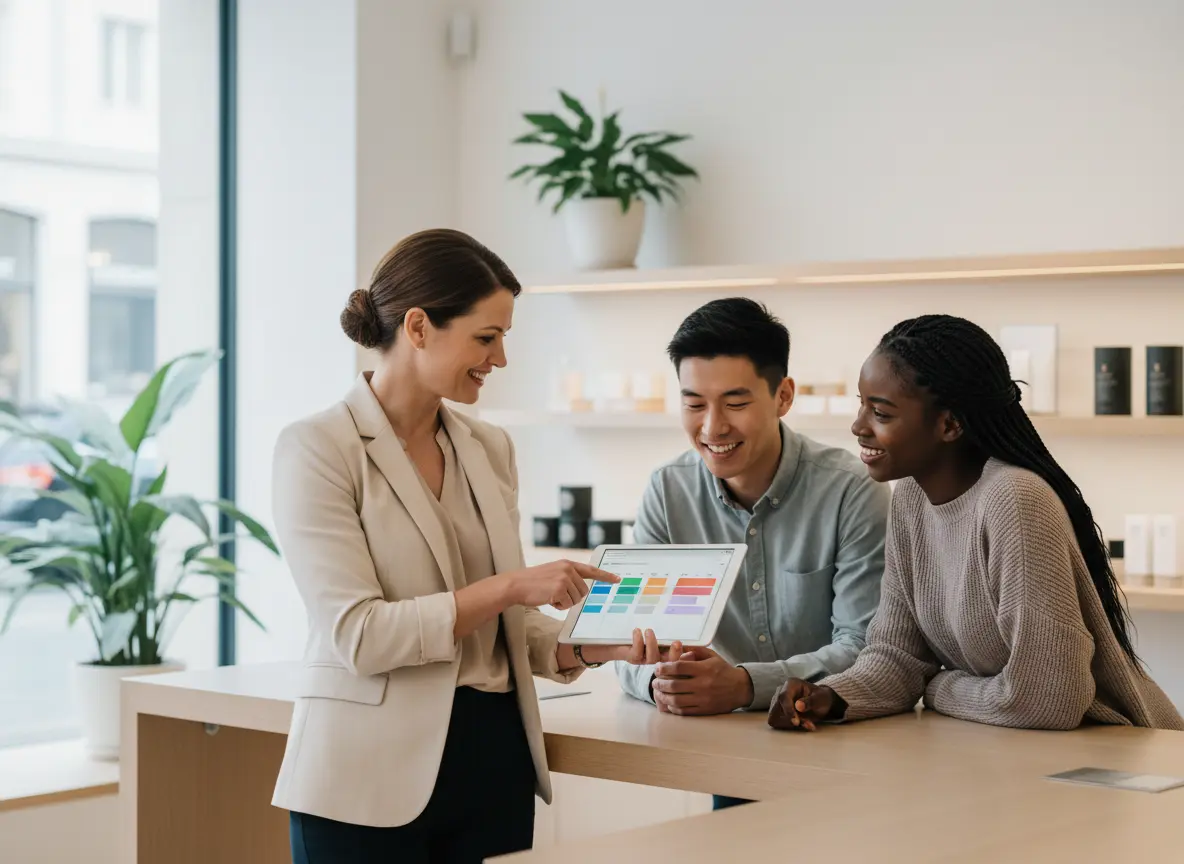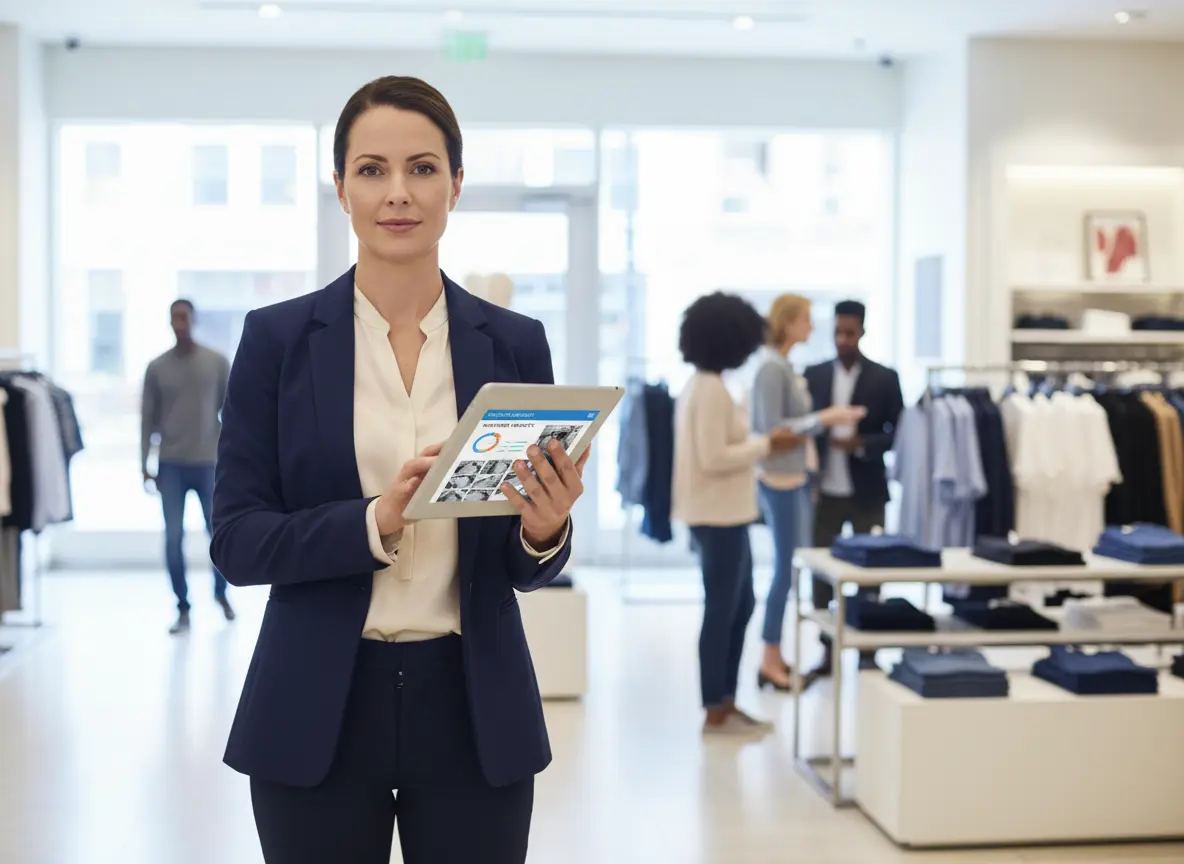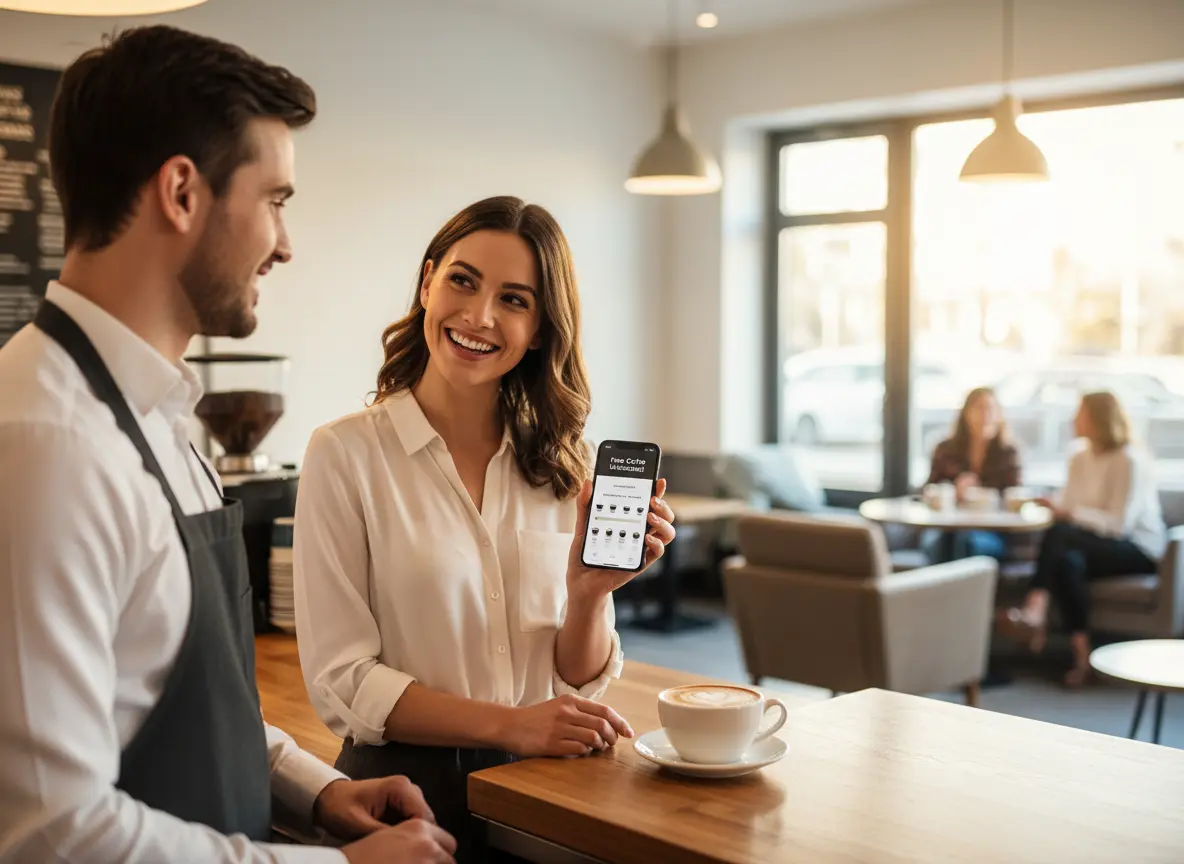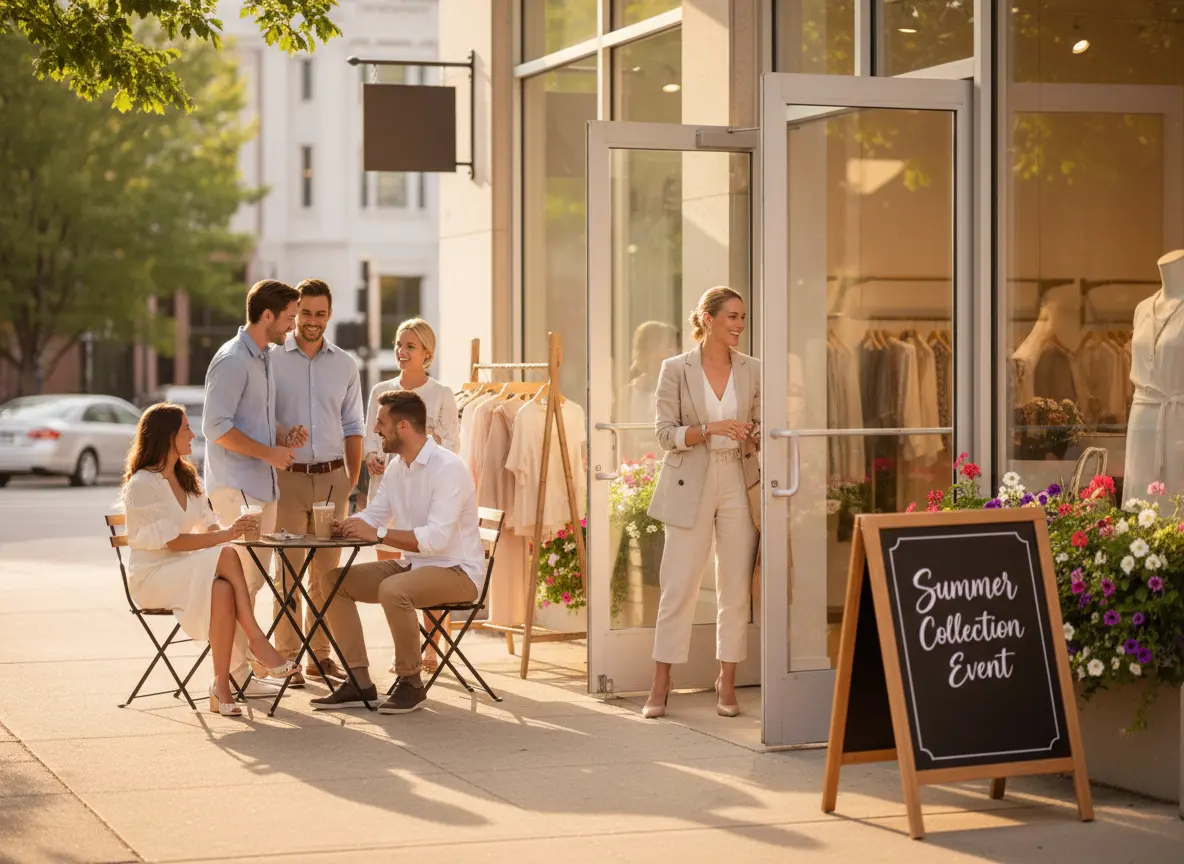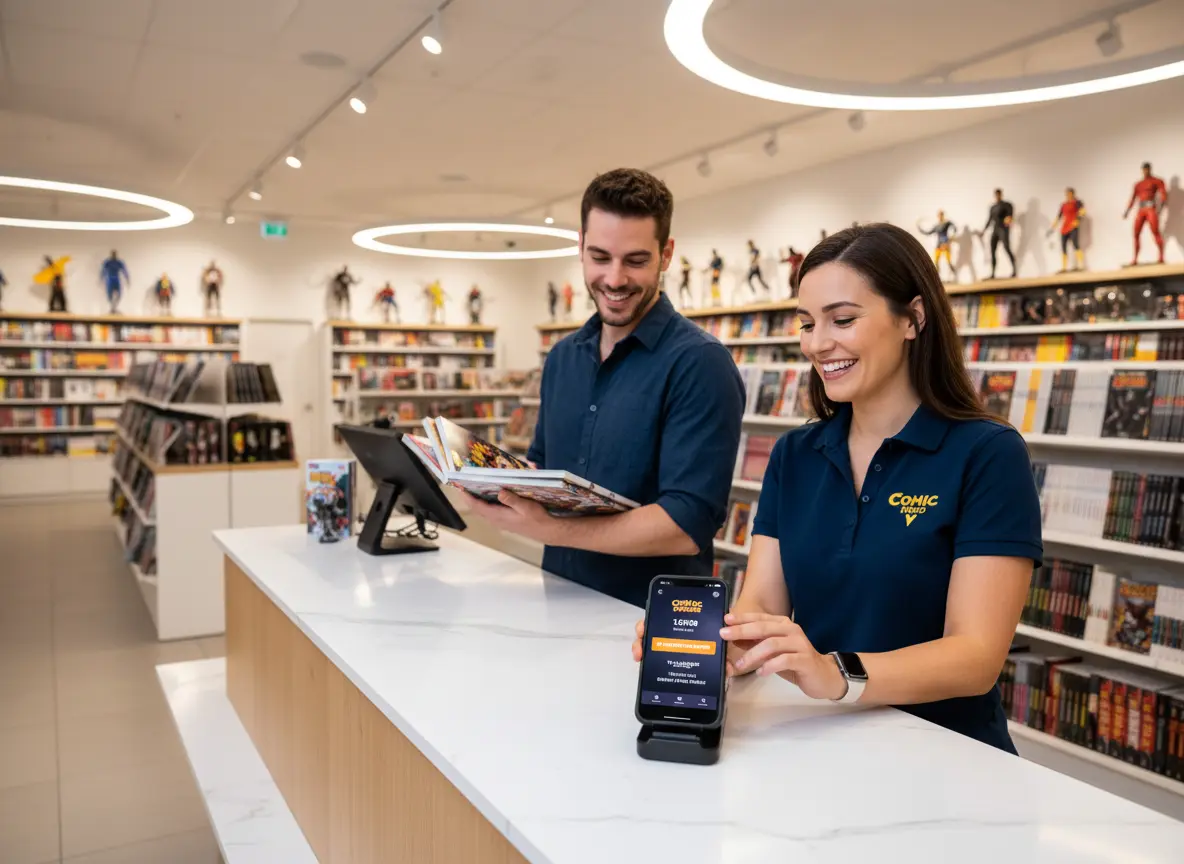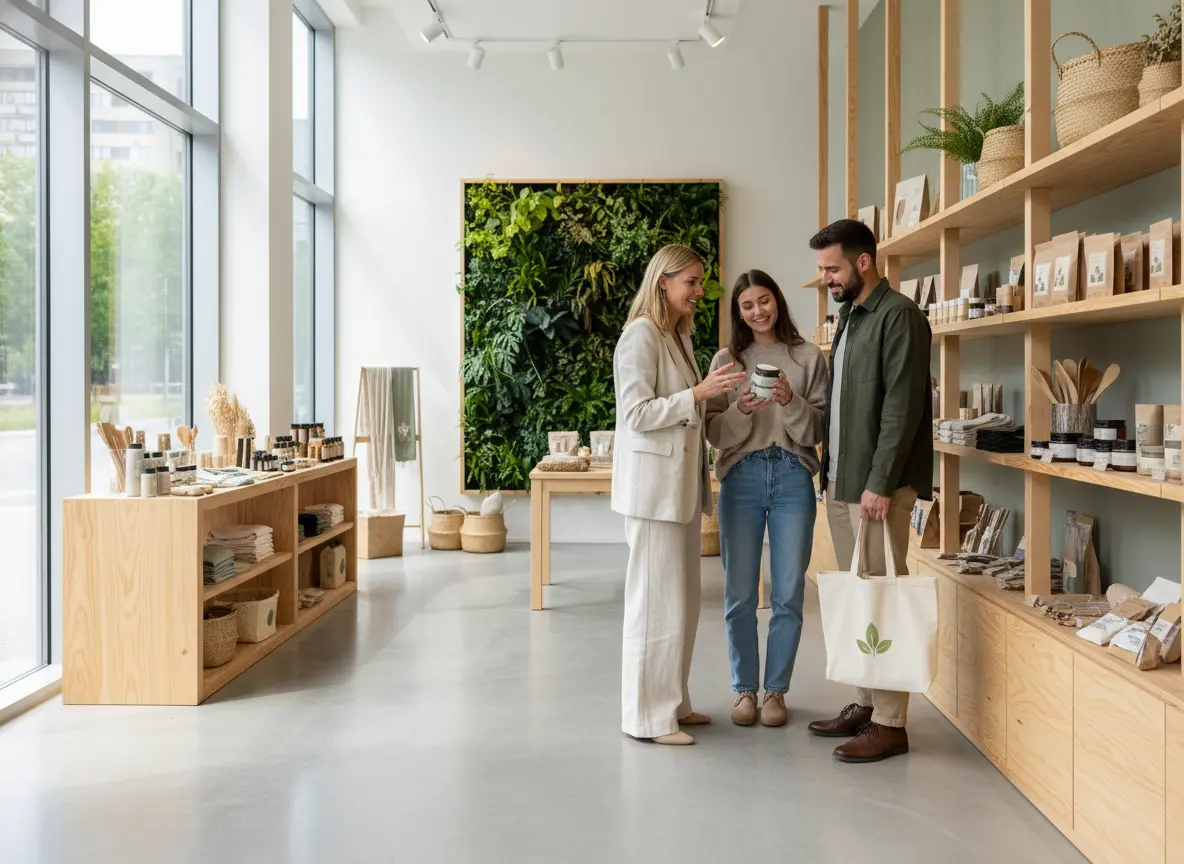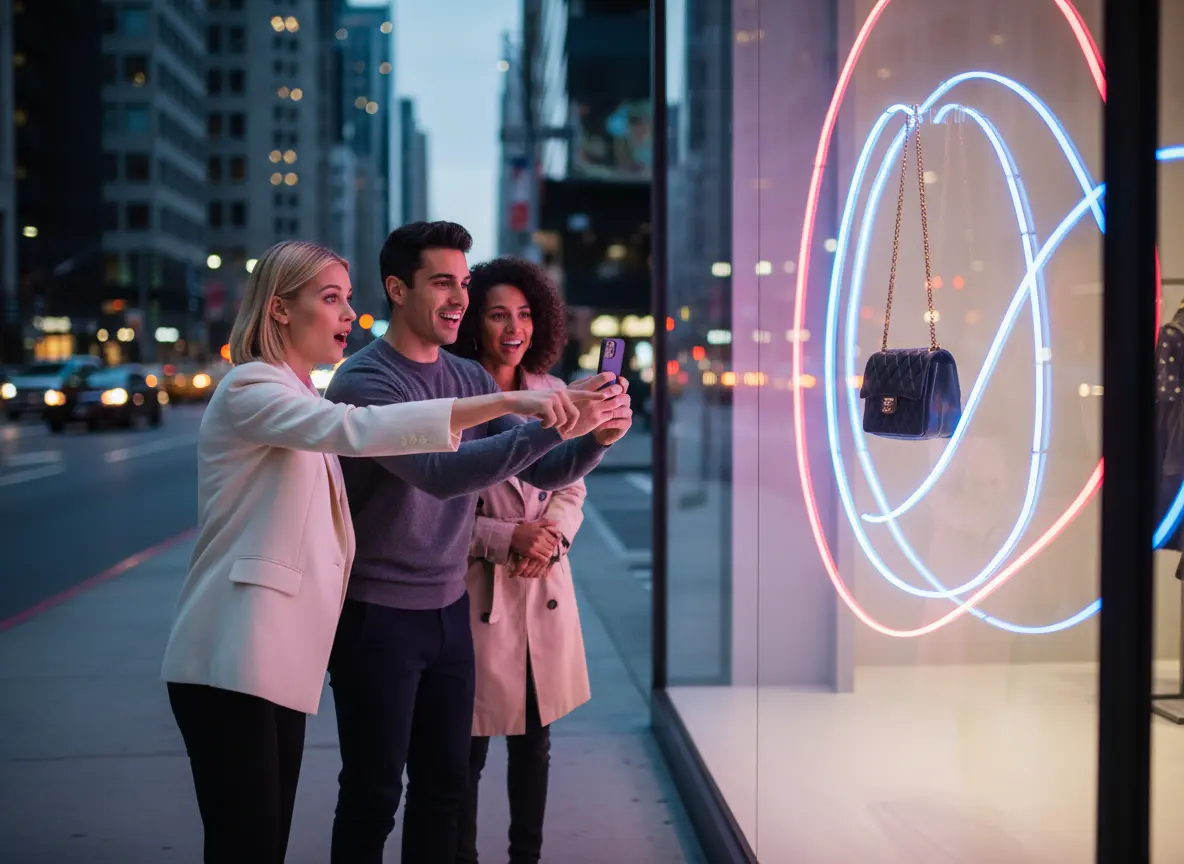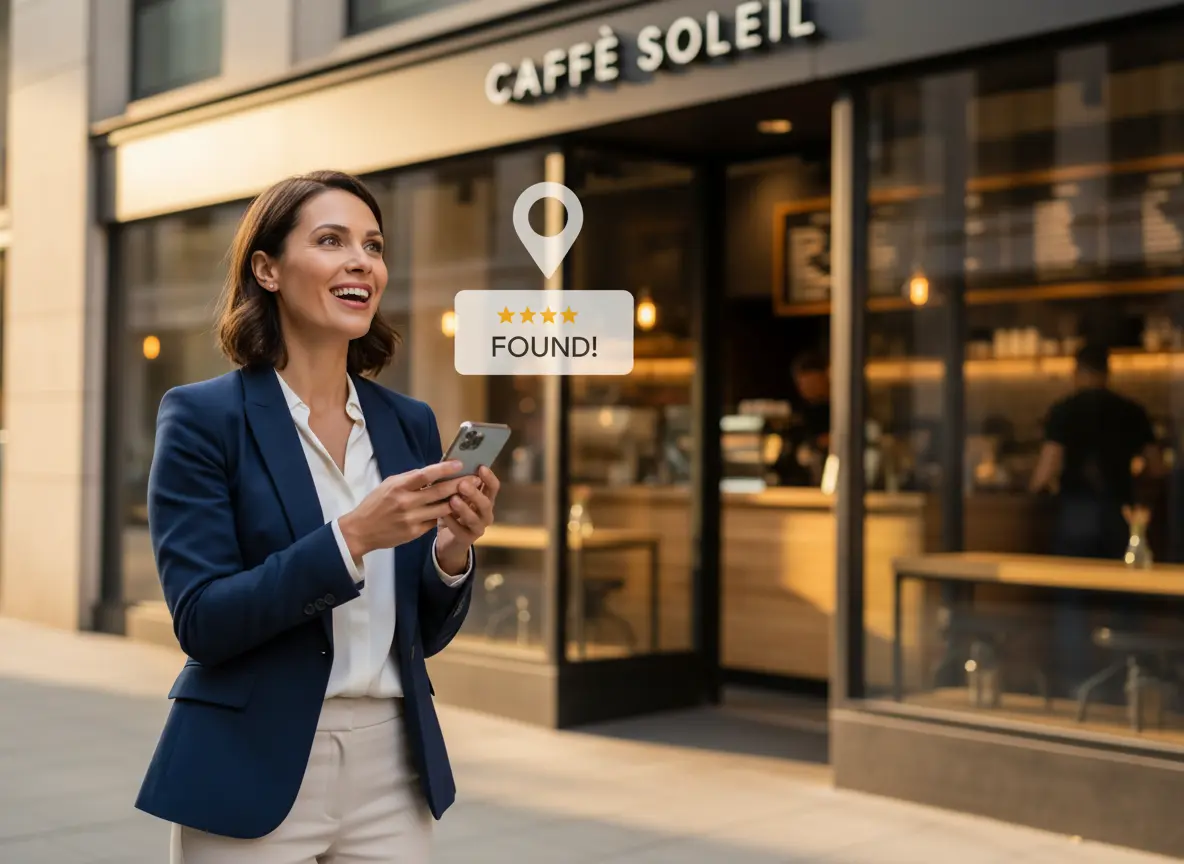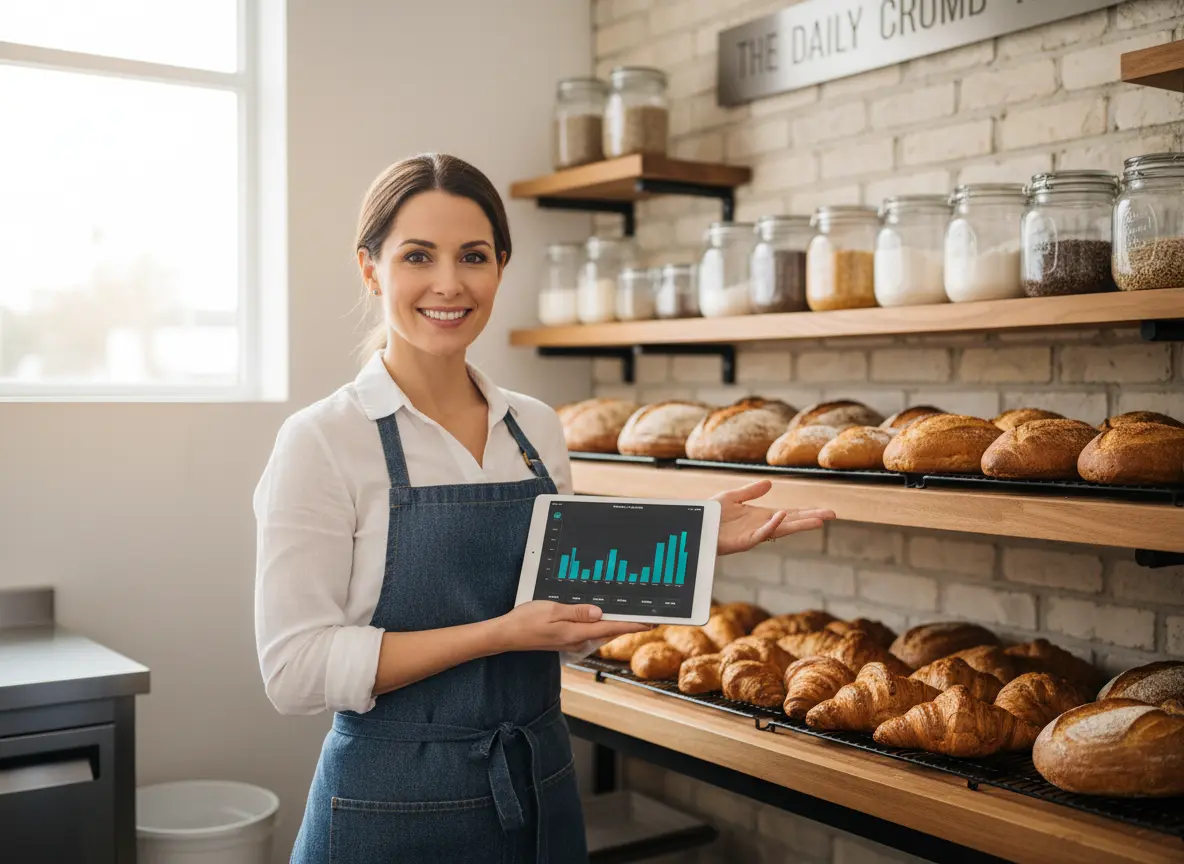So, You Want People to Actually Find Your Store?
Let’s play a little game. Picture a customer walking into your store, phone in hand, a triumphant look on their face. "I found you on Google!" they exclaim. You feel a surge of pride. All that hard work, the beautiful displays, the perfectly curated inventory—it’s paying off. The digital world has delivered a real, live human to your doorstep.
Now, for the slightly less triumphant part of the game: For every person who found you, how many scrolled right past your store in the search results and ended up at your competitor’s place down the street? The one with the slightly-less-charming window display but, apparently, a much better digital footprint.
In the good old days, "location, location, location" was all you needed. Today, your prime real estate on Main Street also needs a prime spot on Google Maps. Welcome to the slightly chaotic, ridiculously important world of Local Search Engine Optimization (SEO). It sounds intimidating, like something that requires a degree from MIT and a diet of pure caffeine. But it’s not. It’s the digital equivalent of putting up a giant, flashing, neon sign that says, "WE ARE HERE, AND WE HAVE THE AWESOME STUFF YOU'RE LOOKING FOR." This is your ultimate, no-fluff checklist to get it done.
Mastering Your Digital Storefront: The On-Page Essentials
Before you worry about complex marketing funnels or "synergizing your brand verticals" (whatever that means), you need to get your own house in order. Your digital house, that is. These are the absolute, non-negotiable foundations of local SEO. Don’t skip this part.
Nailing Your Google Business Profile (Because 'My Business' Was Too Simple)
If local search is a kingdom, Google Business Profile (GBP) is the throne. It’s that handy box that appears on the right side of a Google search or at the top of Maps, showing your hours, address, reviews, and photos. It is, without a doubt, the single most important tool for local search. Neglecting it is like owning a storefront but boarding up the windows.
Here’s your action plan:
- Claim and Verify It. Yesterday. You’d be shocked how many businesses are "owned" by a random stranger or just sit there, unclaimed. Go to google.com/business, find your store, and prove you're the rightful owner. Google will send you a postcard with a code, just to make sure you’re not a robot. (The irony is not lost on us.)
- Fill. Out. Every. Single. Field. We’re not kidding. Business categories, services you offer, payment types accepted, accessibility options (wheelchair ramp, etc.), hours, holiday hours... everything. The more information you give Google, the more confidently it can recommend your store to searchers.
- Become a Photographer. Upload high-quality, well-lit photos of your store's exterior, interior, products, and even your smiling team. Show people what it’s like to be there. A blurry, crooked photo from 2011 isn’t going to cut it. Aim for at least 10-15 great photos to start.
- Use the Q&A Feature. Proactively add and answer your own frequently asked questions. "Do you offer gift wrapping?" "What's your return policy?" "Is parking available?" This saves your staff time and shows customers you're on top of things.
Making Your Website a Local Magnet
Your GBP is the welcome mat, but your website is the actual store. It needs to scream "I'm a proud local business serving the amazing people of [Your Town]!" Here's how to make it happen:
First, the holy trinity: Name, Address, Phone Number (NAP). This information must be identical across your website, your GBP, and every other corner of the internet. No abbreviations, no typos. If your official address is "Street," don't write "St." on your contact page. Google is a powerful but very literal robot; consistency is your best friend. A great place to put this is in the footer of every page on your website.
Next, think locally in your content. Don’t just say you sell "artisanal coffee beans." Say you sell "the best artisanal coffee beans in Springfield." Mention local landmarks, neighborhoods, or events in your blog posts or on your 'About Us' page. This helps Google connect your business to a specific geographic area. If you have multiple locations, each one deserves its own dedicated page with its unique NAP, hours, and local information. Lastly, please, for the love of all that is holy, ensure your website is mobile-friendly. According to Statista, over 60% of searches happen on a mobile device. If potential customers have to pinch, zoom, and squint to read your hours, they're not visiting. They're closing the tab and going to your competitor.
Bridging the Digital and Physical Worlds
Let's be honest: the whole point of this digital song and dance is to get real, living, wallet-holding people to walk through your actual, physical door. The transition from a Google search to an in-store purchase needs to be as smooth as possible. A disconnect here can undo all your hard SEO work.
Turning Clicks into Footsteps (and Sales)
Consistency is key. If your GBP listing proudly promotes a "20% Off All Sweaters" sale, your staff better know about it. If your hours say you're open until 9 PM, don't decide to close at 8:30 for a "team morale event." The experience you promise online must be the experience you deliver in-store. This seamless journey is what turns a one-time visitor into a repeat customer, and more importantly, into someone who leaves a glowing review. And as we'll see, those reviews are SEO gold.
What Your In-Store Experience Says to Google
While you're busy making sure your NAP is consistent across 50 different directories, who's making sure every customer who walks in feels welcomed and valued? A fantastic, memorable in-store experience is your secret weapon, because it directly fuels your online reputation. That's where an in-store assistant like Stella comes in. Imagine every single shopper being greeted politely, informed of your latest promotions, and having their basic questions answered instantly—without you needing to hire and train another person. Stella stands at your entrance, ensuring that the great impression you made online is immediately reinforced in person. She can highlight the very deals that brought customers in, answer questions about store policies, and free up your human staff to handle the more complex sales. A unique, tech-forward, and helpful experience is something people talk about. And what do they do when they talk about it? They leave reviews. "The staff was great, and they even have a cool robot assistant!"—that's a review that gets attention and tells Google your store is a place people love.
Building Your Local Kingdom: Off-Page Signals
You’ve polished your website and GBP until they sparkle. Now it’s time to convince the rest of the internet that you’re a big deal. This involves building your reputation on other sites through reviews, citations, and links. Think of it as the digital version of word-of-mouth marketing.
The Gentle Art of Acquiring Rave Reviews
Reviews are the lifeblood of local businesses. A recent survey shows that 98% of consumers read online reviews for local businesses. They are a massive trust signal for both customers and Google. A steady stream of recent, positive reviews can send your rankings soaring.
So how do you get them without being pushy?
- Just Ask. It’s the simplest, most overlooked method. When a customer has a great experience, empower your staff to say, "We're so glad you enjoyed your visit! We're a small business and reviews on Google really help us out. If you have a moment, we'd appreciate it."
- Make It Insanely Easy. Nobody wants to go on a digital scavenger hunt to leave a review. Use a QR code at your checkout counter that links directly to your "Leave a Review" page on Google. Put the link in your email receipts. Remove every possible bit of friction.
- Respond to Every single Review. The good, the bad, and the bizarre. Thanking someone for a positive review shows you appreciate them. Responding professionally and helpfully to a negative review shows everyone else that you care about customer service and are willing to solve problems. It can often win you more business than a dozen 5-star reviews.
Citations and Local Links: The Digital Popularity Contest
A "citation" is simply a mention of your business's Name, Address, and Phone number (remember NAP?) on another website. Think of directories like Yelp, Yellow Pages, and industry-specific sites. Each consistent citation is a small vote of confidence that tells Google you are a legitimate, established local business. The key word here is consistent. A mismatched address or phone number can confuse search engines and hurt your ranking. You can do this manually, but it's tedious work better suited for a service like Moz Local or BrightLocal.
Even better than a citation is a "local link." This is an actual, clickable link to your website from another local website. This is SEO gold. How do you get them? Get involved in your community. Sponsor a local kids' soccer team, host a workshop for a local charity, or partner with a neighboring, non-competing business for a joint promotion. Get mentioned in a local news blog. These activities not only build goodwill but also build powerful links that tell Google you’re an important part of the local fabric.
A Quick Reminder About Stella
While you're busy climbing the Google ranks and managing online citations, remember that the ultimate goal is a fantastic customer experience. An AI retail assistant like Stella ensures every shopper who walks through your door gets a VIP welcome, turning that hard-won click into a delighted, loyal customer.
Conclusion: Stop Reading, Start Doing
Okay, that was a lot. But don't get overwhelmed. You don't have to do everything by tomorrow. Local SEO is a marathon, not a sprint. The key is to get started.
Your main takeaways are simple:
- Your Google Business Profile is your most powerful tool. Treat it like royalty.
- Your website must be a beacon of local information and mobile-friendliness.
- Reviews and citations build trust and authority across the web.
- The in-store experience is what closes the loop and earns you a great reputation.
Here's your homework: Pick one thing from this list and do it today. Right now. Go claim your GBP listing. Update your store hours. Ask one happy customer for a review. Small, consistent actions will have a massive impact over time.
Now go forth and conquer the local search results. Your competitors are probably still trying to figure out how to update their Facebook status.
